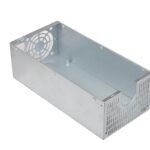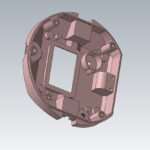Metal sheets and their components are the backbones of the manufacturing and construction industry. These days there is a huge demand for well-designed and customized metal sheets across several industries. This extensive demand is the reason behind the need to enhance the sheet metal fabrication process.
The rise in the application of QBH technology and other automation tools for sheet metal fabrication is owing to the demands of the industry. Sheet metal fabrication augments the possibility of creating products with great precision and customization. Various materials such as steel, aluminum, copper, tin, nickel can be fabricated into sheets. Following sheet metal tips for fabrication, simplifies the overall process of developing better products benefitting the aerospace, electronic, manufacturing and construction industries.
In simpler terms, sheet metal fabrication is the process through which various types of parts are made out of the metal sheet. The process is a bit long and involves a lot of other processes such as bending, cutting, stamping, etc.
Benefits of Using Fabricated Sheet Metal
Sheet metals fabricated through QBH technology or automation provides multiple benefits to the industries. Here we are listing the major benefits of sheet metal fabrication:
Durability: Sheet metals can withstand high amounts of pressure making them an automatic choice for most industries. Besides, they are also water, moisture, sun and corrosion resistant.
Portability: As compared to other materials, sheet metals are low in weight and thus can be easily transported.
Malleability: Sheet metals can be easily bent, cut and fabricated into any shape. Thus one can develop customized and precise designs.
Low Cost: Being easily available, sheet metals are not that expensive.
Reparability: Sheet metals are designed such as they can be easily repaired, tweaked, or adjusted to suit the requirements of the industry.
Through our deep research and industrial analysis, we have come up with some of the most effective and practical tips to follow in order to accomplish better fabrication for sheet metal. Before divulging into that, allow us to inform you about the types of metals that are generally used for the fabrication process based on the requirement and the factors you must consider while choosing a particular kind of metal.
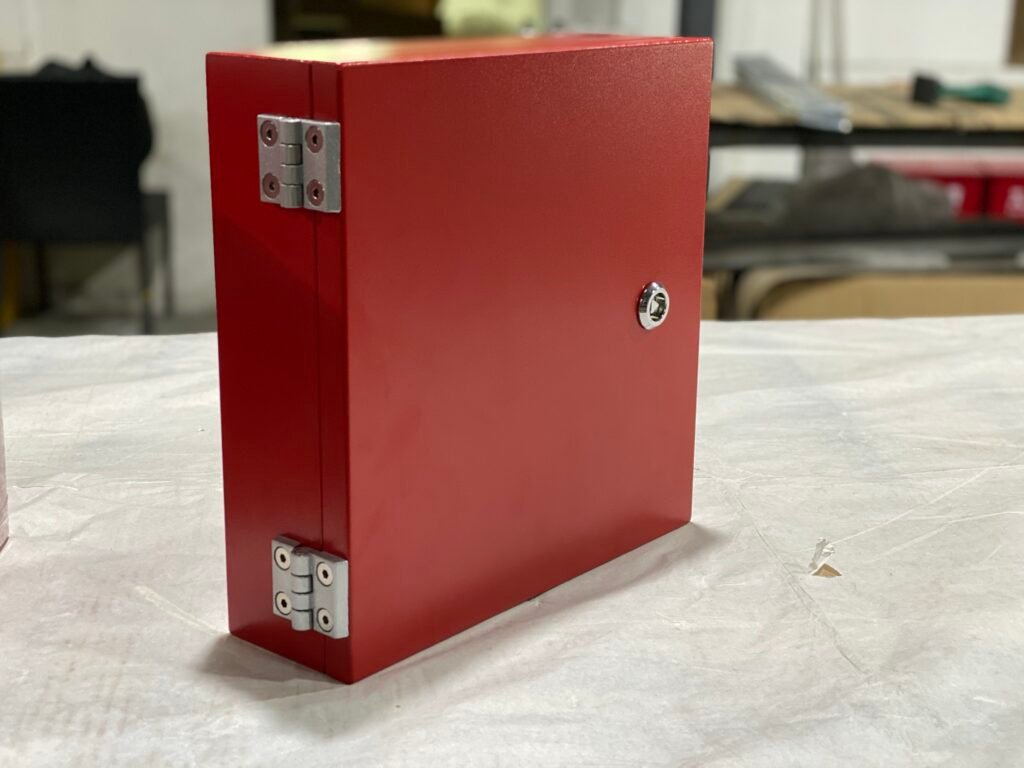
Metals Used for Sheet Metal Fabrication
Steel: Used for its strength and durability.
Magnesium: Used for its low density and stiffness.
Aluminum: Used for its low weight and temperature resistance.
Bronze: Used due to its low melting point.
Brass: Used because it is corrosion resistant.
Copper: Used for being a good conductor of electricity.
The selection of a type of metal is purely based on the requirement which meets the properties of these metals. Choosing the right kind of metal is not only significant but also essential to get the best possible result in a cost-effective manner. So if the part needs to be strong, it would require a metal that can hold a good amount of weight. Thus in this scenario, steel shall be used. Whereas if the part is going to be used at low temperatures such as in the aerospace industry, using aluminum would be the right choice. While copper being a good conductor of electricity should be used for producing metal parts to be used in electrical appliances.
We hope the above information with respect to the choice of metal would help you choose the right material that fits your requirement. Coming to the part of sheet metal tips for fabrication, below are some of the most practical and effective sheet metal fabrication tips for your consideration.
Sheet Metal Fabrication Tips
Broadly, the sheet metal fabrication tips are centered around the design factors such as the hole sizes in the metal, the bends in the metal, the tolerance levels and so on.
1) Hole Size
Ensure that the hole size is equal to or larger than the thickness of the metal so that a situation such as a breakage or damage does not arise. This ultimately benefits the output rate and reduces the cost.
Furthermore, working with metals generates a lot of heat and friction which may result in the tearing up of the metal in case the holes are at the edges or near the curls. In Order to avoid such a scenario, it is advised that the minimum distance between holes and edges should be at least three times the thickness of the sheet. Whereas, the distance between two holes on the metal surface should be at least six times the thickness of the metal sheet used.
2) Hole Diameter
For any sheet metal, the diameter of the hole should not be too small. Small holes mean more precision which translates into more manufacturing costs. Besides, small holes are also more vulnerable to getting damaged during the sheet metal fabrication process. Ensure that the diameter size is equal to or more than the thickness of the sheet metal used.
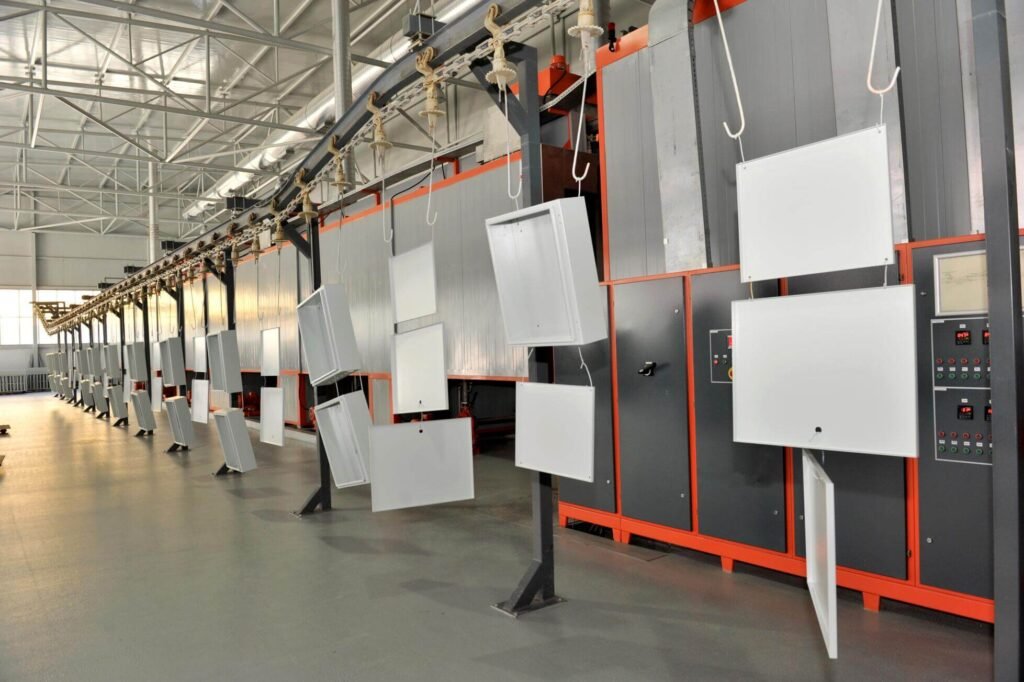
3) Bend Radius and Bend Orientation
All sheet metals have to undergo bending and in this bending process, they are subjected to a lot of strain. In the event that the strain exceeds beyond a point, it would result in cracks, damaging the metal sheet. The point beyond which a metal sheet should not be bent is known as the low bend radius. Ideally, this bend radius should be at least equal to the thickness of the material. The minimum bend radius varies according to the type of the metal.
Uniformity of bends is another important factor that helps in standardizing the process and lowers the overall manufacturing cost. So, make sure that the bends in the same point are designed in the same direction.
4) Tolerance
Tolerance is often overlooked while designing a metal sheet which results in damaged products and also increases unnecessary costs. Keeping tight tolerance over hole diameters, radius, distance results in more cost and low productivity. The tip here is to build only those features that are absolutely necessary.
5) Folds
Complications in the design translate into increased costs. The tip here is to keep the folds simple, the angles easy to blend so that the metal is easier to fold. It is recommended that the radius should be equal to or greater than the thickness of the material. If possible, avoid small bends on the thicker parts as it is not only expensive but also a difficult approach. So while complex is costly, remember that simple is cost-friendly.
6) Tabs and Notches
Another important tip is related to optimizing the design of tabs and notches. Notches should be placed about 1/8th inch away from each other and should not be closed to the edge. The width of the notch should be greater than or equal to the thickness of the metal used. The notch length should be up to five times the thickness of the metal.
Tabs on the other hand should not be longer than five times their width and should be greater than or equal to two times the metal’s thickness. Following these recommendations shall ensure there is no breaking and deformity during the designing process.
7) Offsets
Offsets are the Z-shaped bends to be used as brackets and clamps. The important tip with using offset is that the bend radius should be uniform throughout the metal sheet and the parallel planes in the offset should be equal to or greater than twice the thickness of the metal sheet.
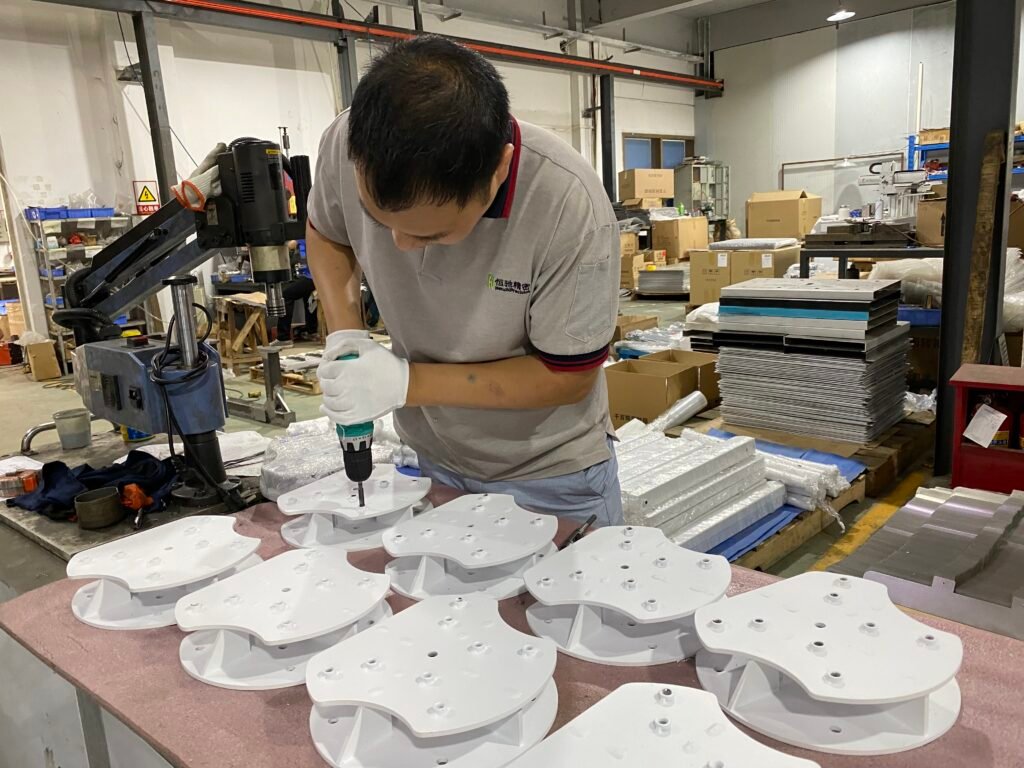
8) Curling
The edges on the sheet of metals tend to be sharp. Curling is the process in the sheet metal fabrication which makes the edge safe for handling. This process involves adding a hollow, circular roll to the edge of the metal sheet. Ensure that the outside radius of the curl is equal to or greater than twice the thickness of the metal.
9) Hems
The safe and strengthened edges that are established on the sheet of metal are due to hems. The important tip here is to avoid flat hems at all costs as they are prone to fracture and getting damaged. For open hems, ensure that the inside diameter is equal to or greater than the thickness of the metal. Lengthwise, maintain the length of hem to about four times the thickness of the metal. Closed hams on the other hand should be completely folded. For a teardrop hem, ensure that the inside diameter is equal to the thickness of the material.
To conclude, sheet metal fabrication is an extremely important process to meet today’s increased demands for metal parts across various industries. A reliable and cost-effective approach to producing metal parts, a well-fabricated sheet of metal has applications in various industries right from the aerospace industry, automotive industry, electrical industry and even in the agricultural field.
Following the above listed tips of sheet metal fabrication, you would be able to accomplish designs that are efficient, cost-friendly and one that can be easily modified at a later stage. Keep the above tips in mind and apply them to produce customized metal parts with precise designs that are bound to yield superior results.

